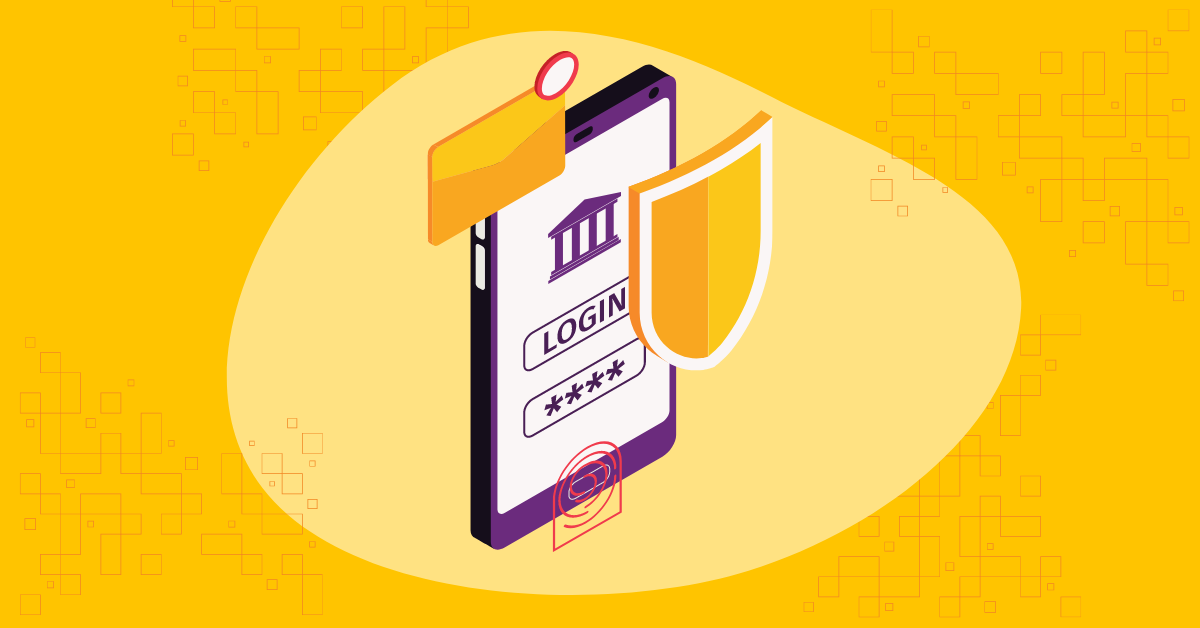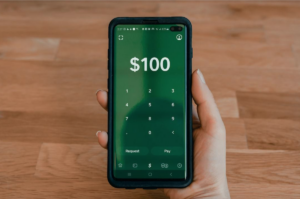
Finance mobile apps usage is rapidly accelerating, with the number of user sessions increasing by 49% in 2020. VMware reports that cyberattacks on financial apps also rose by 118% during the same year.
Another report by Intertrust reveals that 77% of financial services apps include at least one security vulnerability that could lead to a data breach. Recently a new Trojan virus called SOVA has been found targeting financial banking apps by encrypting the Android phone and asking for a ransom to decrypt afterward.
Cybercriminals look for maximum impact and profit, making financial apps a potential target. Therefore, it is imperative to adopt certain measures to improve mobile app security during the development process.
Making financial applications resilient to cyberattacks is a must security practice. During app development, you can improve security by avoiding the following mistakes:
Not validating user input can make your financial app an easy target for hackers. They can easily enter harmful codes or malicious commands that can cause a data breach.
Therefore, you must validate data by checking its format, length, permissible characters, minimum and maximum value, etc. This way, the app will only accept the user data you want.
If you are storing or sending data with weak or no encryption, hackers can easily access and use it for nefarious means. Therefore encrypt all data that you transmit or store so even if hackers download it, they won’t be able to access it.
Most developers focus on the client side of app security and don’t pay much attention to the server side. This can compromise confidential data, such as credit card information stored on the server.
The solution is to include a reliable secure sockets layer (SSL) and high-level encryption in your app security practices. This will boost server-side security.
A tool like DashO can provide layered protection for your financial Android and Java apps. Layering makes it impossible for hackers to gain access to sensitive information.
Another excellent app security practice is to use encryption protocols like SHA256 and AES. Also, never store the encryption keys on the application.
Permitting users to set any password they want is risky because hackers try different combinations of characters to gain access to passwords by brute force.
You can avoid this by including validation for setting passwords and locking users out of their accounts after a few incorrect login attempts. Also, set up multi-factor authentication for the app.
Caching confidential information saves time for users as it allows them to log in instantly without entering data. However, it also puts them at risk of breach. If the device gets stolen, anyone can log into the app.
The solution is to include conditions to prevent confidential information from getting cached automatically.
Penetration testing allows you to know about security vulnerabilities in real-time. Research by Informa Tech conducted on companies with 3000 or more employees shows that 69% of organizations perform penetration testing to prevent data breaches.
Due to deadlines, shortages, or other reasons, developers usually skip this step and release the app, which puts users at risk. No matter how short the delivery deadline is, perform many penetration tests on your app. This will help you find security flaws and fix them during the development process.
Following these best security practices will improve app security during the development process:
A token is a security unit that authenticates a user’s identity by storing personal information transmitted between applications and websites. Financial app developers should use tokens to monitor user sessions.
 These tokens can be approved or withdrawn. Also, design the app to accept medium-to-strong passwords containing alphanumeric characters. These passwords should be renewed regularly, let’s say after every six months.
These tokens can be approved or withdrawn. Also, design the app to accept medium-to-strong passwords containing alphanumeric characters. These passwords should be renewed regularly, let’s say after every six months.
Adding a one-time password (OTP) system for each login session will make sign-ups more secure. A multi-factor authentication (MFA) system, including a combination of a retina scan and biometric print, will level up your app security. While hackers can crack passwords through brute force, the biometric factor will foil their attack.
Many security regulations also call for implementing MFA, so you’ll also have a better posture at compliance. Moreover, the user login process can be simplified by using MFA. Once you authenticate users, you can reward them with Single Sign-On (SSO), where they can use multiple services on a single login.
Always use an authorized application programming interface (API) in your financial app code. To gain maximum security in the app development process, you must have centralized authorization for the whole API. As apps are installed on mobile phones, they are less secure.
Hackers can install their own app on a device they control and easily manipulate the financial app to take advantage of its security vulnerabilities. API calls are usually protected by an API key and user credentials as an access token.
You can secure your APIs when they access third-party platforms by using digital signatures, encrypting data, quotas, API gateways, and throttling.
In the past, organizations would get to know about a security lapse in their apps after a considerable time. Now they are increasingly focusing on building real-time threat detection capabilities.
The reasons are that early detection can help retrieve stolen information promptly, and regulations require businesses to report a breach quickly. A company‘s reputation suffers if it takes a long time to detect and respond to a security violation.
Therefore, if you develop a real-time threat detection system for your app, you can take preventative measures against developing ransomware and patch vulnerabilities. Moreover, you can use a tool like Dotfuscator for .NET that provides app security in real-time by updating its protection regularly to counter cyberattacks.

Given the sophistication of cyberattacks on financial apps, the financial industry cannot solely rely on a single security practice. When developing an app, it is crucial to ensure that it complies with data privacy regulations and is not susceptible to cyberattacks.
Adopting a solution consisting of real-time intelligence, multi-user authentication, database security, and authorized API is vital for mobile app security. But remember following the best security practices for financial apps requires considerable expertise.
Tools like PreEmeptive can assist you with app security by offering a smart app protection solution against reverse engineering, unauthorized debugging, and snooping.
We use a layered approach, including encryption, root detection, obfuscation, shielding, and tamper-proofing to prevent hackers from exploiting your data. Learn more on our product page.